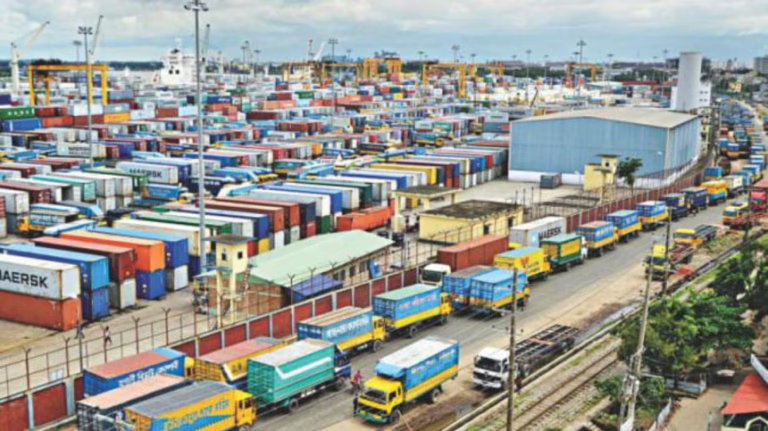We are deeply concerned about the severe congestion at Chattogram port, where a large number of import-laden containers, especially those destined for the Kamalapur Inland Container Depot (ICD) in Dhaka, have accumulated. This issue is reportedly caused by a lack of locomotives operating between the port and Dhaka ICD. Port authorities state that at least four pairs of freight trains are required daily to transport containers from the Chattogram Goods Port Yard (CGPY) to the Dhaka ICD. However, for over a month, the railway authorities have been operating only one or two pairs of freight trains on this route. The situation has been worsened by an increase in imports ahead of Ramadan and the nationwide strike by Bangladesh Railway (BR) train crew in late January. If not urgently addressed, this problem will place enormous strain on the port in the coming days.
Approximately 70 percent of the goods arriving at the port are for importers in Dhaka and its nearby regions. Of this, about three percent is transported by rail, while the remainder is moved via road and river. It is unfortunate that the railway is struggling to efficiently transport even this small percentage of goods. Although the port has the capacity to handle up to 876 TEUs (twenty-foot equivalent units) of containers bound for Dhaka ICD, as of February 19, it was handling more than double its capacity, with 1,818 TEUs stored. The situation is critical, as containers unloaded from vessels 15 days ago are still waiting to be loaded onto Dhaka-bound trains. Additionally, around 500 TEUs of Dhaka-bound containers are currently aboard several vessels awaiting docking at the port.
We urge BR and Chattogram port authorities to take immediate action. While the shortage of locomotives due to new train services is understandable, this issue cannot continue for months. The railway authorities must make urgent decisions to run enough trains to transport the accumulated containers to Dhaka. Transporting at least 200 TEUs daily by freight trains could help reduce the congestion. Furthermore, port authorities should explore alternative solutions, such as delivering Dhaka-bound containers from the port yard or the Pangaon Inland Container Terminal in Keraniganj, to alleviate the pressure.



